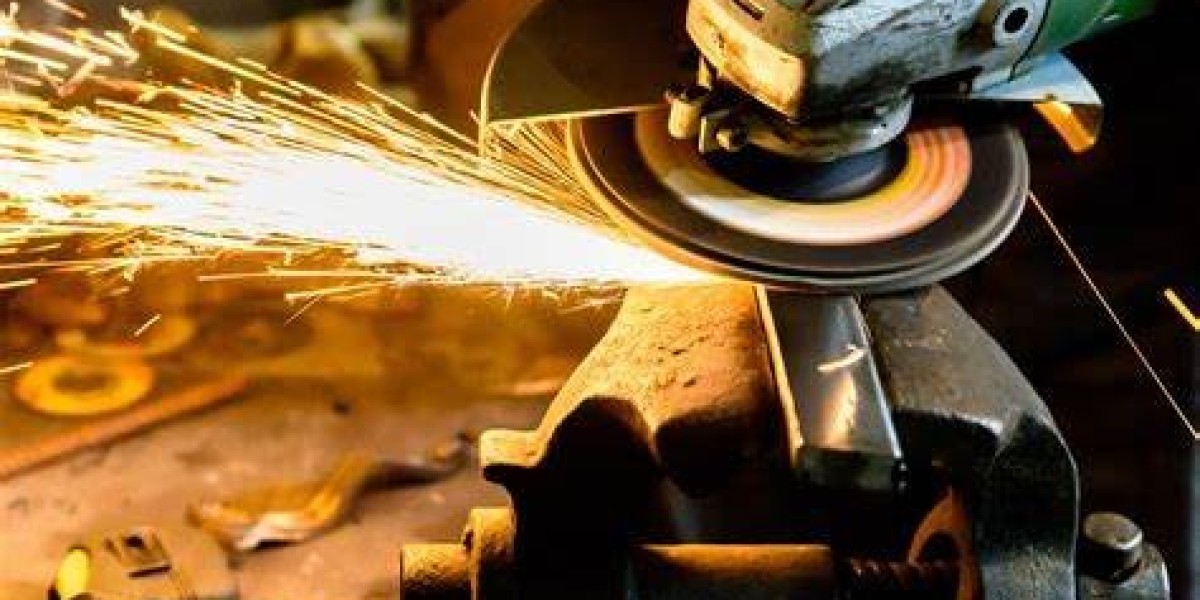Grinding machining has become an essential element in today’s manufacturing world, turning raw materials into precisely crafted components that adhere to high quality standards. This process utilizes abrasive wheels to remove material, achieving superior surface finishes and tight tolerances that many other machining methods cannot match.
One of the standout benefits of grinding is its ability to produce parts with exceptional precision. Industries such as aerospace, automotive, and medical technology rely heavily on this capability, as it ensures that critical components function correctly and last longer. Grinding can achieve surface finishes as fine as a few micrometers, which is crucial for performance in demanding applications.
Moreover, grinding is highly adaptable. It can work with a variety of materials, including metals, ceramics, and composites, making it invaluable for manufacturers with diverse product lines. Techniques like cylindrical grinding, surface grinding, and centerless grinding enable firms to meet specific needs across different sectors.
As manufacturing evolves towards lean practices and Industry 4.0, grinding technology is also advancing. Modern machines are often equipped with computer numerical control (CNC) systems that enhance automation and efficiency. This technology allows for real-time monitoring, adjustments, and improved productivity, minimizing waste. Additionally, innovations in grinding wheels and abrasives have led to longer tool life and reduced energy consumption, aligning with sustainability efforts.
In summary, grinding machining is a vital process that connects raw materials to finished products. Its precision, versatility, and advancements in technology ensure that manufacturers can meet the increasing demand for quality and efficiency. As the industry continues to grow, grinding will remain a key player in producing refined, high-performance components.









